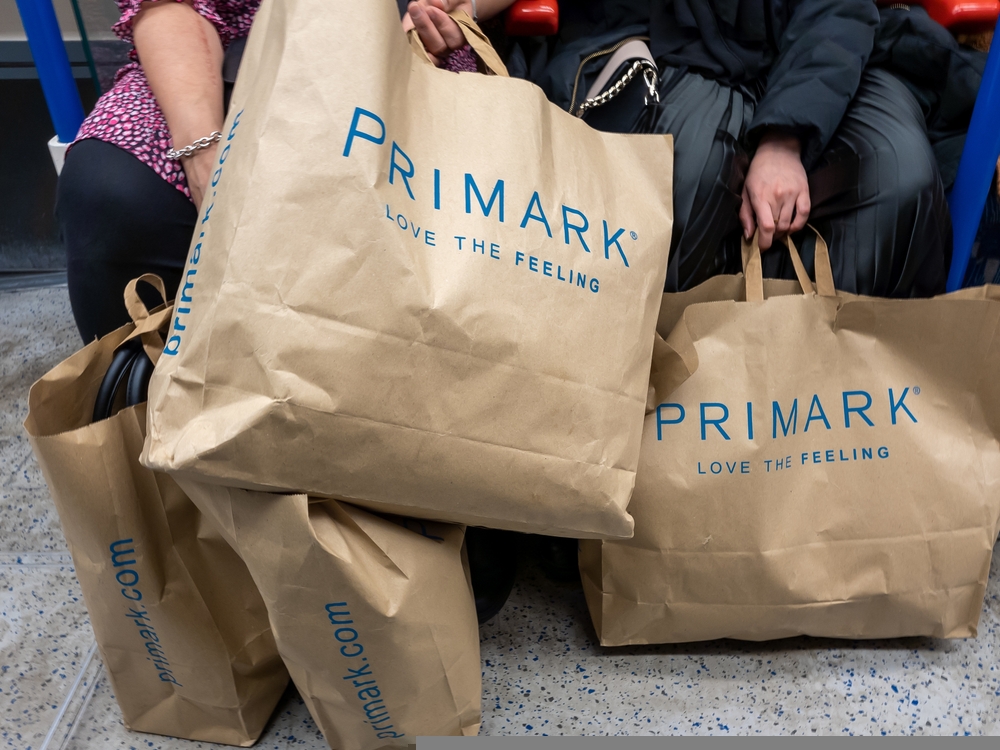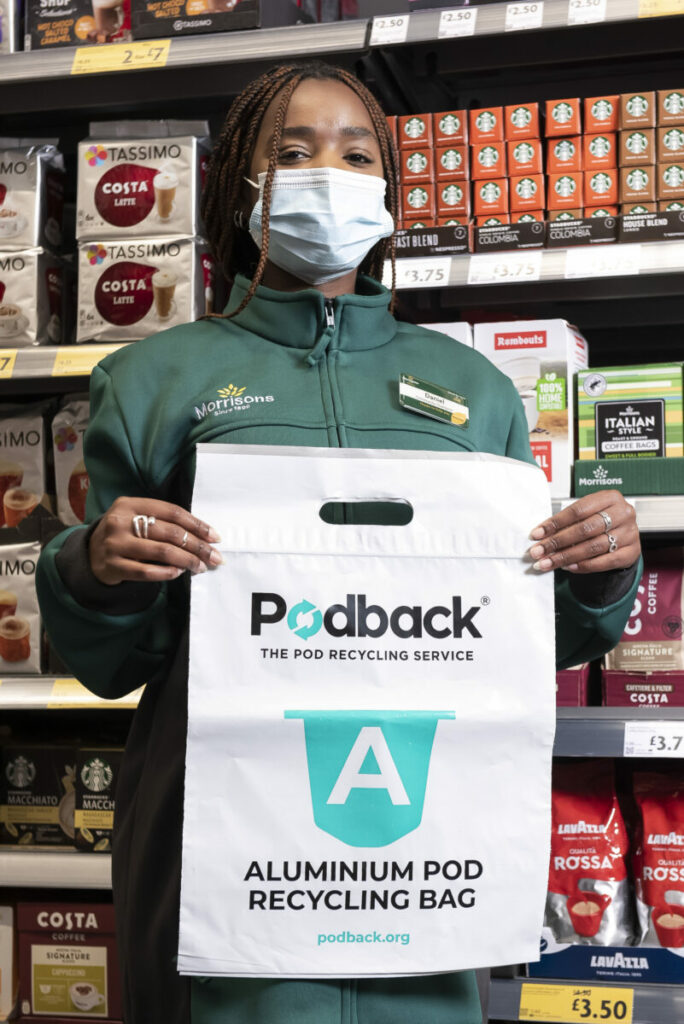More than 10% of all fashion returns are not being put back on sale by their original retailers, with many of those returned items being sent to landfill or destroyed instead.
Fashion retail returns can be a difficult business to quantify, due in part to the time and effort needed to process the items for resale, as well as the sheer volume of unwanted items that shoppers are returning.
While the true number is hard to identify – although it is pitched at somewhere between 3% and 10% – University of Surrey’s associate professor of digital economy Regina Frei told trade publication Drapers that 10% of all returned items were not resold in 2015.
“I think it will be worse now, post-pandemic,” she said.
The British Fashion Council’s Institute of Positive Fashion also found in March of this year that 3% of all UK returns aren’t being resold. Some 50% of those items which do not make it back onto shop shelves are being sent to landfill, with a further 25% being incinerated and just 25% recycled.
Subscribe to Sustainability Beat for free
Sign up here to get the latest sustainability news sent straight to your inbox every day
The environmental impact of not returning items
London College of Fashion head of knowledge Monica Buchan-Ng told Drapers that retailers not processing returned items for resale is a “waste of everything that went into the item in the first place”.
Buchan-Ng says items sent to landfill or incineration produce greenhouse gas emissions, chemicals and heavy metal deposits released during burning; air pollution from landfill deposits; hazardous substances leaching out from landfill into land, water and air; and health hazards to communities close to landfill deposits. They also shed microfibres, contributing to plastic pollution.
“Even if clothing is able to be safely biodegraded, landfill does not provide an environment in which it can actually do so,” said Buchan-Ng.
“A retailer will often process returns only if there are financial incentives to do so, taking no account of the environmental and social costs as part of that decision,” she added.
Is it harder returning items bought online?
Marks & Spencer director of online and omnichannel Stephen Langford told Drapers that the majority of customers return unwanted items to its stores.
“This means the product can go straight back on to the shop floor for resale, or moved to the closest store that is catalogued to range that particular product,” he said.
This comes down to convenience, says Langford – explaining that M&S customers can click and collect, and return, at more than 700 locations – as well as the behaviour of its core consumer: “It’s worth noting that the majority of [our] customers choose to collect [rather than have it delivered] an order placed online at a M&S location – so it correlates that customers also choose to return an item in the same way.”
However, the process for online returns is much more complicated, as Shan Mandora, head of commercial at Zoa, sister company to fashion rental platform Hirestreet, explains: “[The returns process] is really under-invested. Most [retailers] are well set up in forward logistics but not reverse, and most outsource this.
“Trends move quite quickly – items come back in a non-wearable condition and then systems are not set up to be able to get things ready for sale again. Half the time retailers have to take a 40% hit on resale value [by having to discount the returns].”
Recent research carried out by NGO The Changing Markets Foundation found used clothing being returned to major retailers including H&M, Primark, Boohoo and Nike for recycling is instead being shipped across the world and either sent to landfill or burnt.
The year-long investigation – which used concealed electronic tags to track the clothing – found that less than a quarter of the 21 items handed back to fashion retailers were resold or repurposed as intended.















